## Level Up Your Understanding: Tornadoes, Destruction, and How You Can Help
Imagine a world where the ground beneath your feet suddenly contorts, a monstrous funnel of wind tears through buildings, and the sky unleashes a symphony of chaos. That’s the chilling reality of a tornado, a force of nature that can level entire communities in seconds.
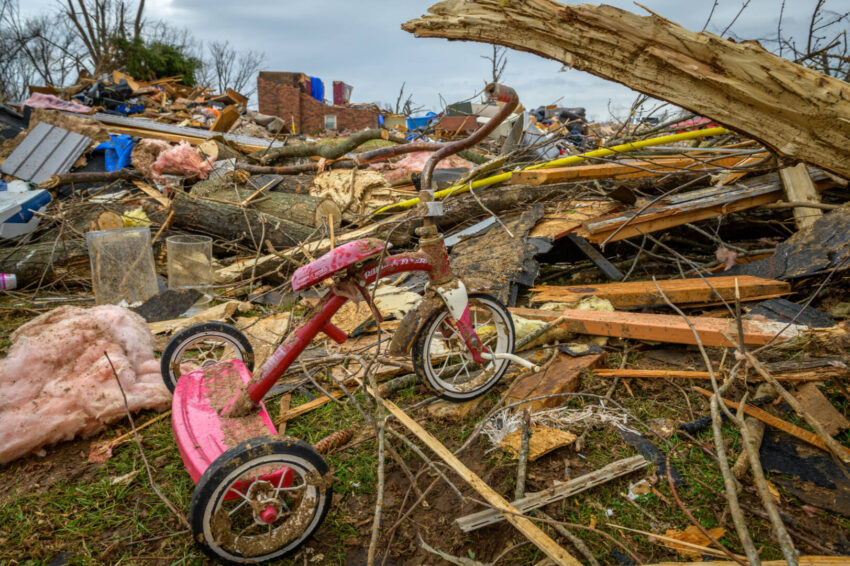
Here at Gamestanza, we’re used to facing challenges in the virtual world, but real-life disasters demand our attention too. Join us as we delve into the terrifying facts about tornadoes, answer your most burning FAQs, and explore how you can contribute to relief efforts with World Vision, turning your gaming skills into real-world impact.
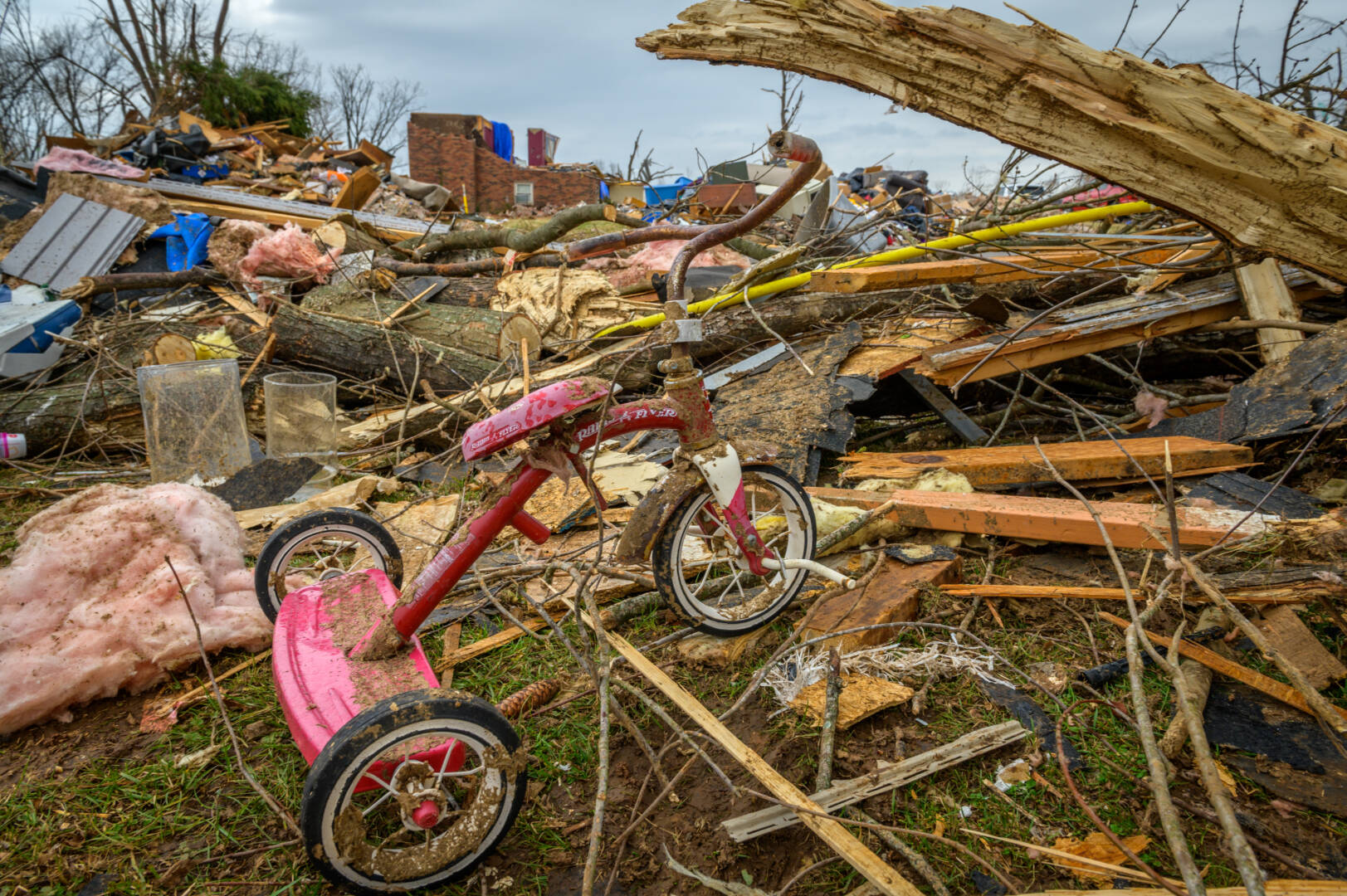
Standing Strong: Helping Communities in the Wake of Tornadoes
As the world continues to grapple with the devastating effects of tornadoes, it’s essential to understand the importance of providing support to affected communities. In this article, we’ll delve into the critical role of World Vision in responding to tornado emergencies and explore ways in which individuals can make a difference.

World Vision’s Response: A Global Force for Good
World Vision is a leading humanitarian organization that has been at the forefront of disaster response efforts for decades. Their commitment to providing immediate relief and long-term support to affected communities is a testament to their dedication to helping those in need.
Immediate Relief Efforts: Learning about World Vision’s efforts to provide food, water, shelter, and medical aid to survivors.
- World Vision provides emergency food assistance to families affected by tornadoes, helping to alleviate hunger and malnutrition.
- The organization sets up water purification systems to ensure access to clean drinking water, a critical component of disaster response.
- World Vision establishes temporary shelters to provide a safe haven for those who have lost their homes.
- The organization also provides medical aid, including first aid, vaccinations, and necessary medical supplies, to help alleviate suffering.
- World Vision helps to rebuild homes and infrastructure, providing a sense of stability and security for affected families.
- The organization supports the construction of new schools, ensuring that children can access education and a safe learning environment.
- World Vision also works to rebuild community infrastructure, including roads, bridges, and public facilities.
- World Vision provides counseling and mental health support to help individuals cope with the trauma of disaster.
- The organization also offers vocational training and economic empowerment programs to help survivors regain stability and independence.
- World Vision promotes community-based initiatives, fostering a sense of unity and resilience among affected communities.
Long-Term Support: Understanding World Vision’s commitment to rebuilding homes, schools, and communities in the aftermath of disaster.
Empowering Survivors: Exploring World Vision’s programs that promote mental health and well-being for those affected by tornadoes.
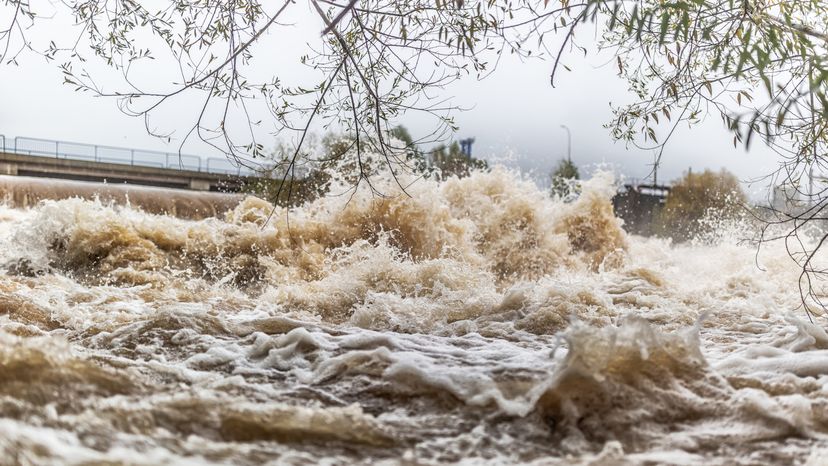
Taking Action: Making a Difference
While World Vision’s efforts are crucial, individual actions can also make a significant difference in the lives of those affected by tornadoes.
The Power of Prayer
Prayer is a powerful tool that can bring comfort and solace to those affected by disaster. By offering emotional support and spiritual strength, individuals can play a vital role in the recovery process.
- Join us in praying for those who have loved ones injured or impacted by tornadoes.
- Dear Heavenly Father, we lift up children and families affected, praying for their safety and protection during this challenging time.
- We also pray for strength and endurance for the emergency responders working tirelessly to provide aid and support.
- Your gift will help provide emergency relief to survivors of disasters in the U.S.
- Every donation, no matter how small, can make a significant difference in the lives of those affected.
- Encourage readers to volunteer their time and resources to support local relief organizations.
- Together, we can make a significant impact in the lives of those affected by disaster.
Financial Contributions
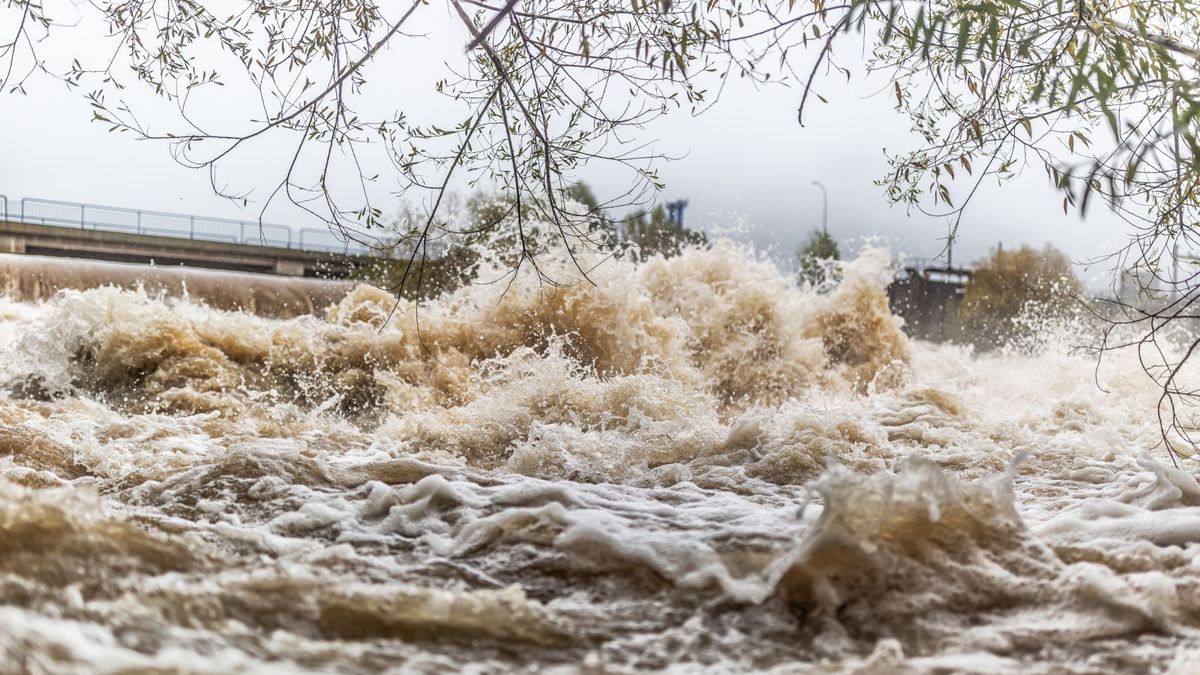
Financial contributions are also essential in supporting World Vision’s disaster response efforts.
Getting Involved

Volunteering time and resources is another way individuals can make a difference in the lives of those affected by tornadoes.
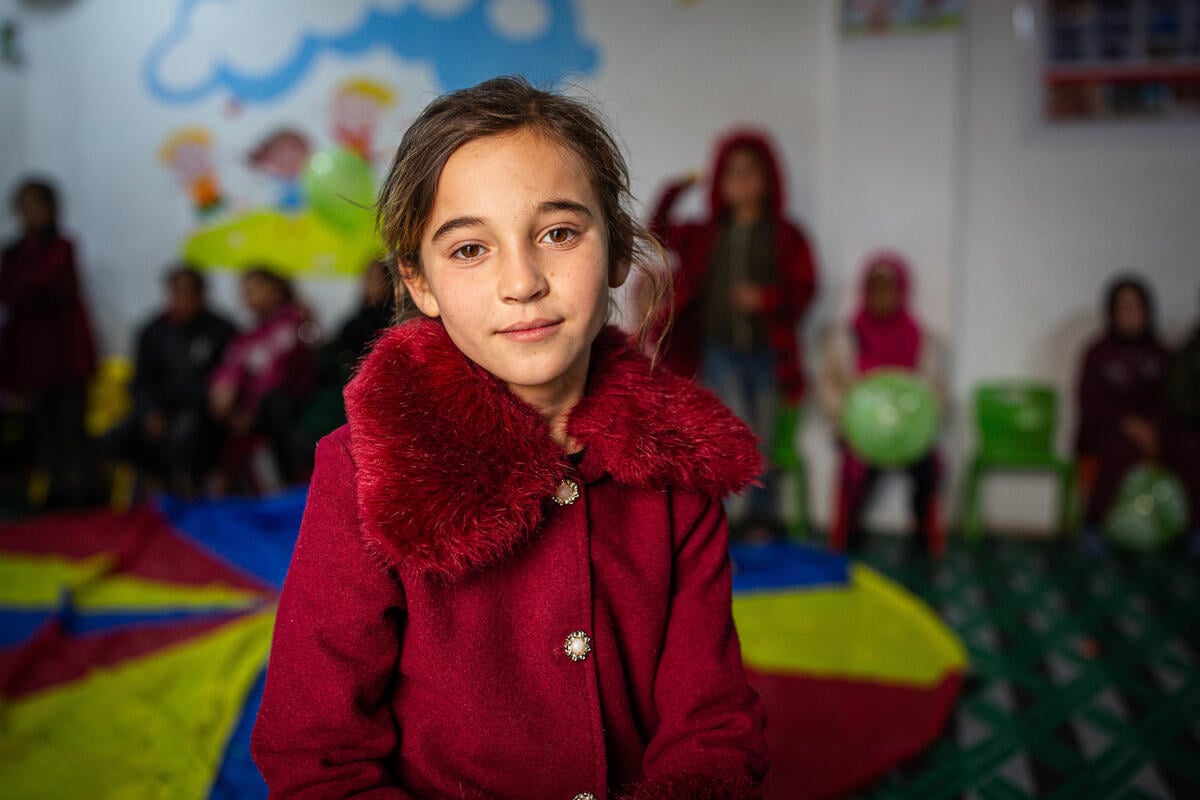
Fast Facts: Tornadoes
Tornadoes are rapidly rotating columns of air that extend from the base of a thunderstorm to the ground.
Tornadoes form when warm, moist air collides with cold, dry air, creating unstable atmospheric conditions.
Twisters can have wind speeds up to over 200 mph (violent tornadoes).
Tornadoes can vary in size from just a few yards across to more than a mile wide.
They usually last for a few minutes to nearly an hour, although some may persist longer.
The central United States, known as Tornado Alley, is prone to frequent tornadoes due to its geography and climate.
Tornadoes can occur at any time of year, but they’re most common in the spring and early summer, especially in the northern Plains and upper Midwest.
Most twisters happen between 4 and 9 p.m.
What are the Latest Tornadoes in the U.S.?
The most recent tornadoes to impact the U.S. occurred on May 16–17, 2025, with devastating effects in Kentucky, Missouri, and Virginia.
Kentucky was hit hardest by a deadly tornado that damaged hundreds of homes, tossed vehicles, and left many homeless in southeastern Laurel County.
Missouri experienced a tornado with wind speeds exceeding 140 mph, resulting in 5 deaths and damaging approximately 5,000 buildings.
Northern Virginia experienced severe storms that toppled trees and power lines, leading to 2 confirmed deaths.
This outbreak is part of a broader trend in 2025, with hundreds of tornadoes reported across the U.S. this year.
What Makes Tornadoes so Destructive?
Tornadoes, also referred to as twisters, unleash intense high winds that can topple trees, flatten buildings, and destroy roads.
A significant contributor to their destructiveness is the debris they transform into projectiles.
Traveling through a populated area, the funnel of a tornado picks up and carries millions of small and large items, including trees, rocks, trucks, parts of houses, and broken glass.
These projectiles can cause damage proportional to their size and weight.
Conclusion
Tornadoes, those awe-inspiring yet terrifying forces of nature, are more than just a meteorological phenomenon. As we’ve explored, they have the power to devastate lives and communities, leaving behind a trail of destruction and heartache. Understanding their formation, recognizing the warning signs, and knowing how to respond in the face of a tornado is crucial for staying safe. But the impact goes beyond individual safety.
